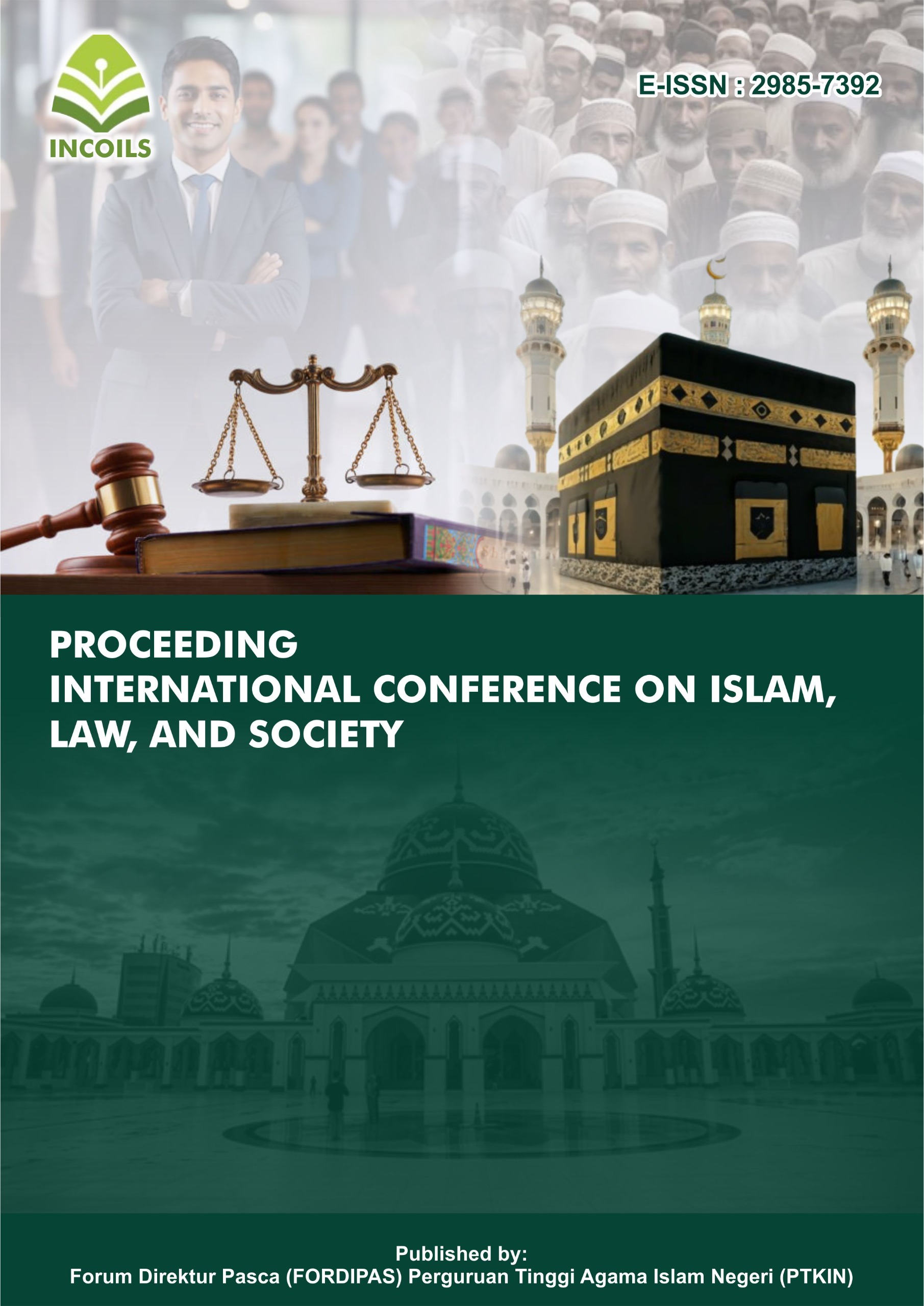AnINSTRUCTOR AND LEARNER’S RECOGNITION TO REMODELLING OF STOP MOTION ANIMATION IN TRAINING LEXICON
DOI:
https://doi.org/10.70062/incoils.v2i1.104Keywords:
Recognition, Stop Motion Animation, Remodeling, LexiconAbstract
This research aimed to produce one instruction broadcast entrenched freeze frame liveliness also to find out how teacher and student perceptions to the learning video. This study was a Research and Development that used the ADDIE development model (Analysis, Design, Development, Implementation, and Evaluation) and was deployed in SMP Negeri 2 Kedungwaru Tulungagung with the research subjects being the students of VII-F. The instruments used in this study were observation, interviews, questionnaires, and test (pre-test and post-test). The outcomes about every practicality testing got a percentage of 90.25%. The results of this investigation also displayed that the median or intermediate pre- test score was 57.62 and the average post-test score was 73.25. The outcomes of numerical employing the Paired Sample T-Test formula showed significance value seemed lower than the significance level (0,000 < 0.05). In other words, instruction broadcast entrenched freeze frame liveliness seems effectively familiar with teaching vocabulary.
References
Alghamdi, A. K.H & Ahmed,S. (2018). Some Strategies and Media Used by Teachers. Journal of Education and Learning (EduLearn). Vol.12, No.1, February , 118-125 ISSN: 2089-9823, DOI: 10.11591/edulearn. v12i1.9125
Alizadeh, I. (2016).Vocabulary Training Techniques: A Review of Common Practices‘, International Journal of Research in English Education, 1.(1)
Alqahtani, M. (2015).The Importance of Vocabulary In Language Learning And How to Be Taught‘, International Journal of Training and Education, 3,(3), 22.
Azizi, F. A.(2016). Pengembangan Media Pembelajaran 101 Video Animasi Stop Motion Karakter Flanel Untuk Keterampilan Menyusun Teks Cerita Pendek Bagi Peserta Didik SMP Kelas VII‘.Skripsi. Universitas Negeri Semarang.
Cameron, L. (2002). Training Learning to Young Learners. London: Cambridge University Press.
Elfrieda H. H., & Michael L. K. (2009). Training and Learning Vocabulary. London: Lawrence Erlbaum Associates.
Grigg, H. (2012). Active vs Passive Vocabulary - Do You Know the Difference? East Asia Student‘.
Imama & Mumfangati. (2015). Designing Stop Motion Video Using Learning Style Approach to Teach Vocabulary at 4th Grade SD Muhammadiyah Purwodinangratan
II in the Academics Year 2015/2016. Retrieved from http://seminar.uad.ac.id./index.php/utic/article/download/185/154.
Ma’mun,N. (2018). The Effect of Task-Based Language Training On the Training Practice of Pre Service English Teacher‘, Vision: Journal for Language and Foreign Language Learning 2, (7).2
Maslichah & Tarwiyah,S. (2017). Enhanching Students‘ Ability in Writing Descriptive Text Through Graphic Organizers‘, Vision: Journal for Language and Foreign Language Learning, 6.2.
Maulana R, I. (2016). The Effectiveness of Using Pictures In Training Vocabulary (An Experimental Research At The Seventh Grade Of Smp Hasanuddin 5 Semarang In The Academic Year Of 2016/2017). Skripsi, UIN Walisongo Semarang.
Nunan D. (1992). Research Method in Language Learning. Cambridge: Cambridge University Press.
Nurhayati, D. A.W. (2018). Effectiveness of Summarizing in Training Reading Comprehension for EFL Students. IJOLTL. Vol. 3. No. 1.
Oljira, D. (2015). A Study on Problems of Vocabulary Training Techniques English Teachers Use in Holeta Primary Schools: Grade Seven in Focus. International Journal of Science and Research (IJSR) ISSN (Online): 2319-7064 Index Copernicus Value (2015): 78.96 Impact Factor (6).391
Pirrie,A.L. (2017). Training and Learning Vocabulary through Games and Translation in the EFL Classroom: A Case Study. Master Thesis Universitat DE Les Illes Balears.
Setiyadi, A. B. (2006). Training English as a Foreign Language. Yogyakarta: Pedoman Ilmu Jaya.
Thornbury, S. (1984). Oxford Advance Learn Dictionary of Correct English. New York. Thornbury, S. (2002). How to Teach Vocabulary. England: Pearson Education Limited.
Tobalina, E. N. (2016). The Impact of Stop Motion on EFL Learner’s Retention and Recall of English Idiomatic Expression. Retrieved from https://biblioteca.uniroja.es.
Wallance, M. (1982). Training Vocabulary. London: Heinemann.
Downloads
Published
How to Cite
Issue
Section
License

This work is licensed under a Creative Commons Attribution-ShareAlike 4.0 International License.







